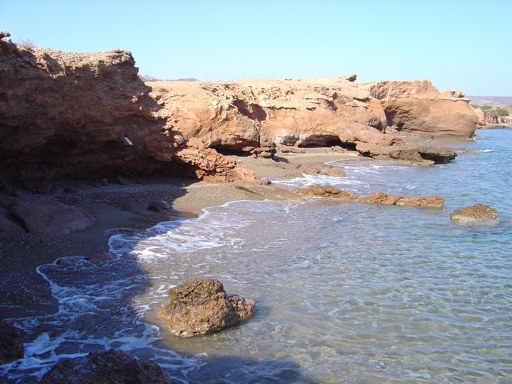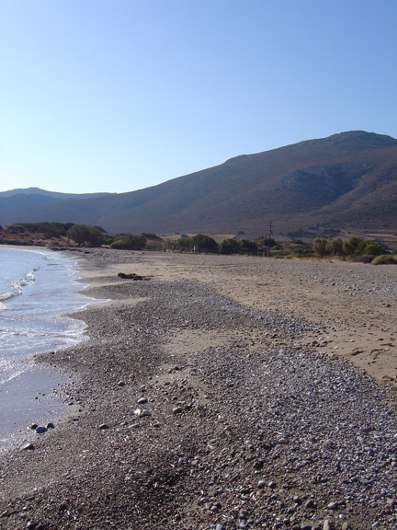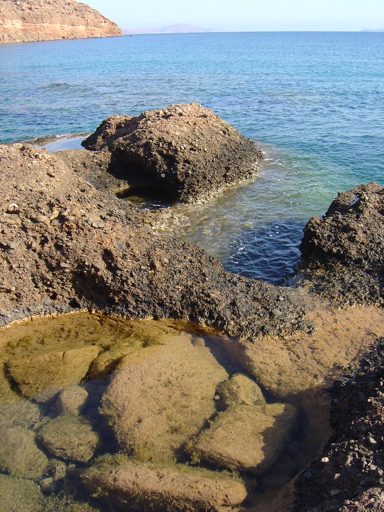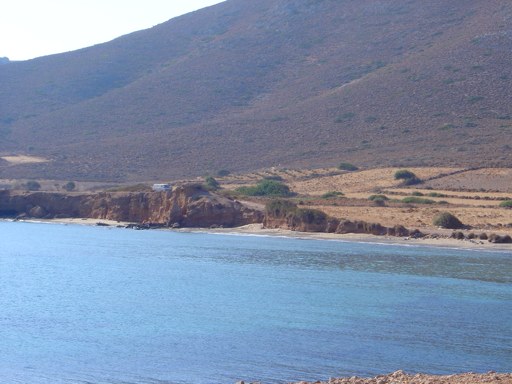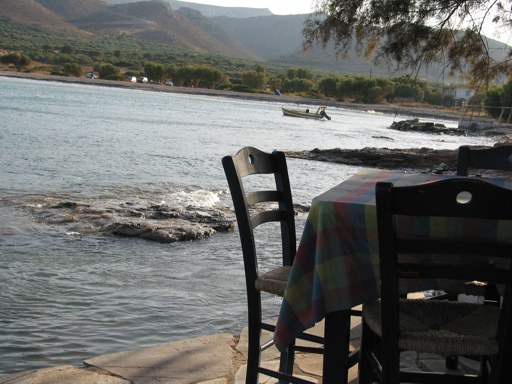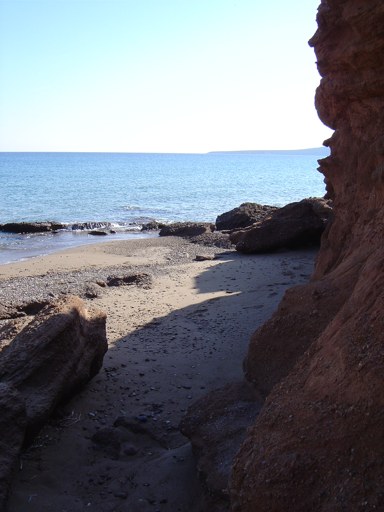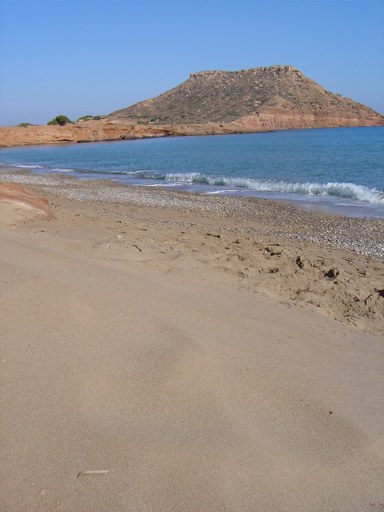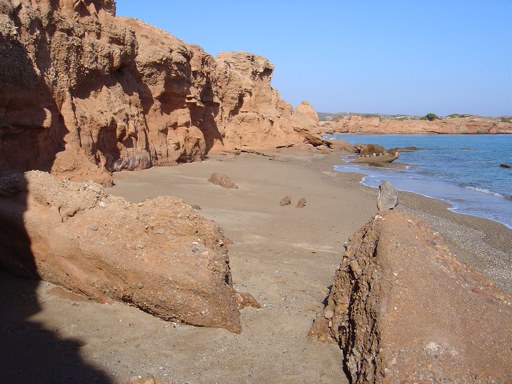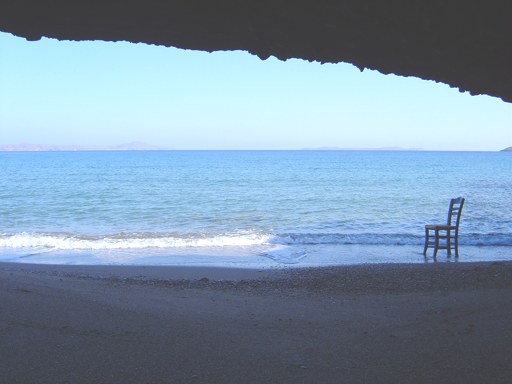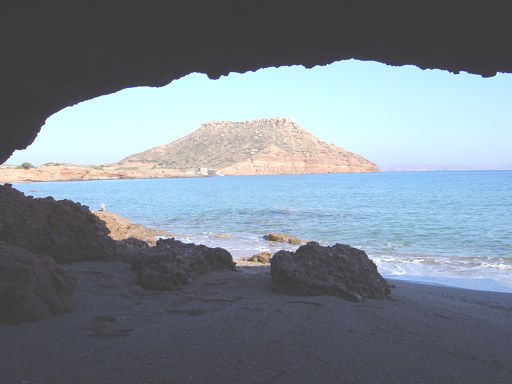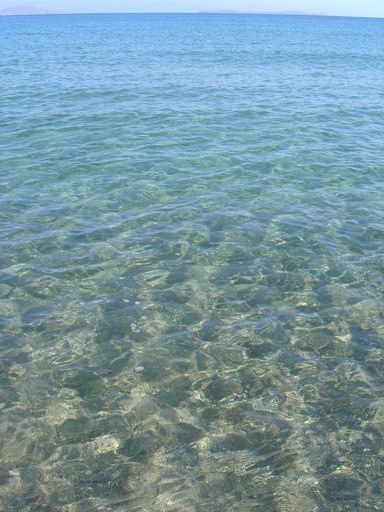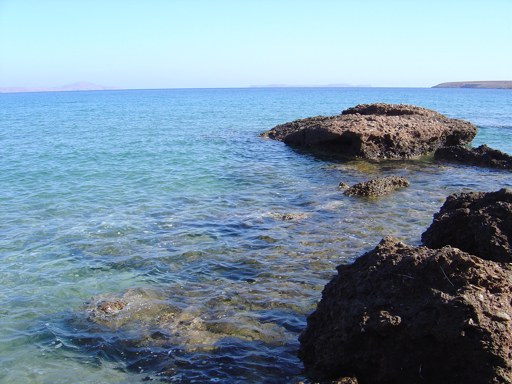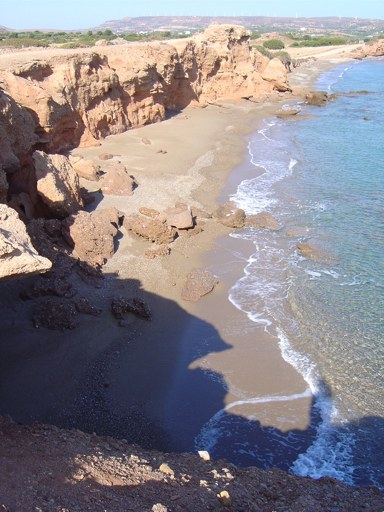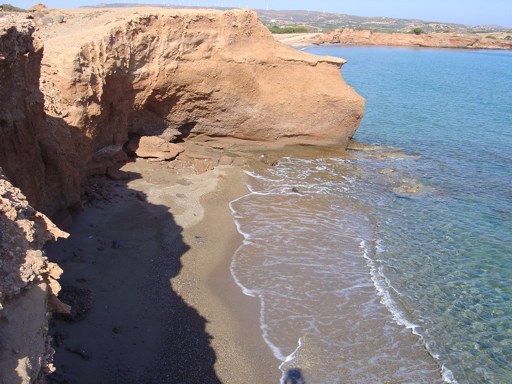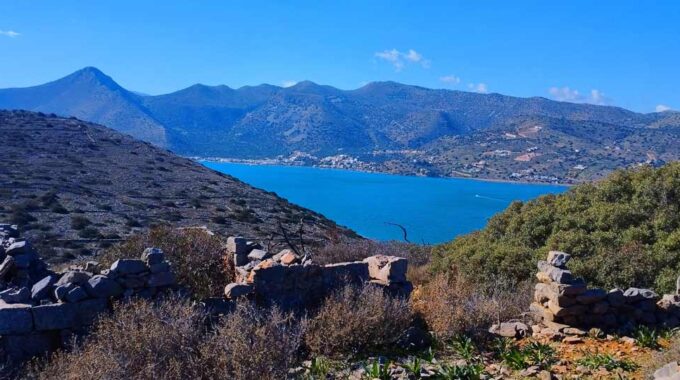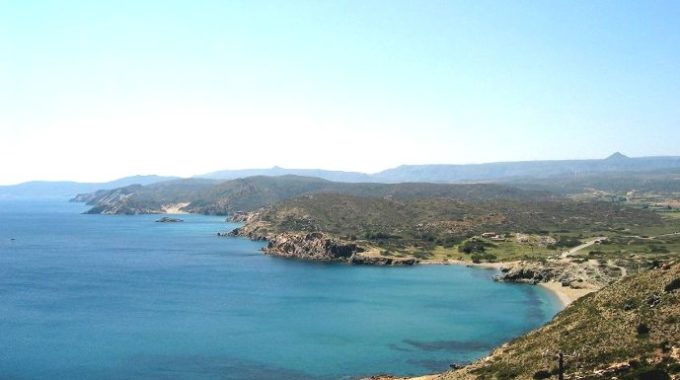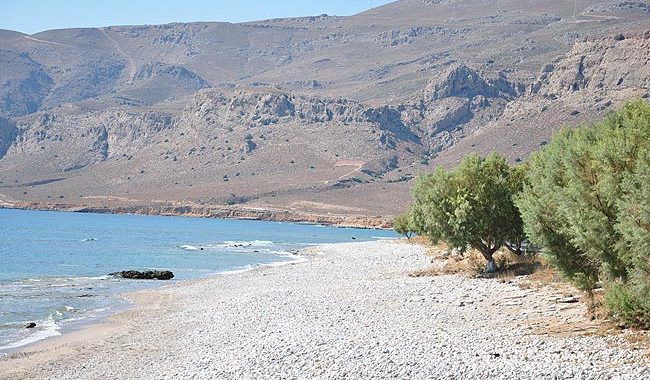The island of Kolokytha or Vryonisi is located in the Gulf of Mirabello opposite the…
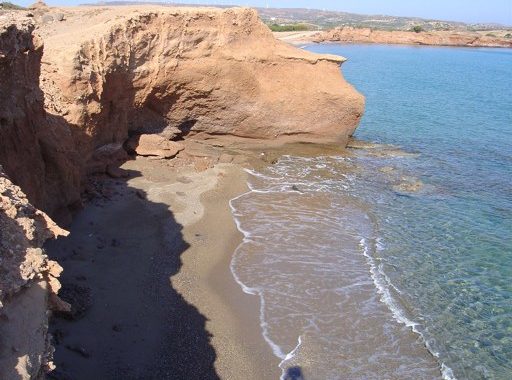
Chiona Beach
Chiona beach is located 2 km east from Palekastro and 20 from Sitia. It is 300 m long and you can enjoy the rest under the shade of the tamarisks.
The sandy sea bottom slopes gently, making swimming safe even for the youngest holidaymakers. On the southeastern side of the beach, there are many pristine and secluded, small bays, ideal for more privacy.
The 3 traditional fish taverns are well-known on the whole Crete. People come here from every part of the island to taste the famous “kakavia” and “buyabesa” (traditional cretan meals with fish).
Apart from the perfect swimming conditions for young and old and the wind (air conditioning effect) which has been enjoyed by many visitors to the area, the bay offers perfect, flat-water conditions close to the shore (due to the off shore wind) as well as clear blue waters and is the perfect spot for those wishing to learn how to windsurf but also for those who even though advanced, want to either practice or learn new surf moves.
Facilities-Additional Info
Distance: Heraklion 151km – Sitia 19km – Palekastro 2km
Beach type: Sand, Fine Pebbles
Facilities: Food / water nearby, Showers, Blue Flag, Tree Shade
Accessibility: Bus stop in Palekastro (2km), Paved road
Food-Hotels: Restaurant: Yes – Accommodation in Palekastro
A wetland/pond of outstanding natural beauty, 1.5 km from Palekastro and covering an area of 2.36 hectares. Its geographical coordinates are latitude 26.276985, longitude 35.196811.
The wetland lies behind the beach of Chiona, or Lenika as the area is more correctly known. A sandbar separates the flooded area from the beach and the sea, trapping water in the pond during the winter months.
The pond, which forms from October to May, has a sandy bottom which receives fresh water from surface runoff and the watertable, while saltwater is driven in by winter waves through a channel to the southeast. It has a rich fauna and attracts many birds, usually migratory species.
The whole area is considered an Area of Outstanding Natural Beauty. Apart from the protection it is accorded along with the other wetlands, it is also protected by the Archaeological Service, as it lies within the Palekastro Archaeological Zone A , and by the Presidential Decree on the Protection of Small Island Wetlands of Greece.
